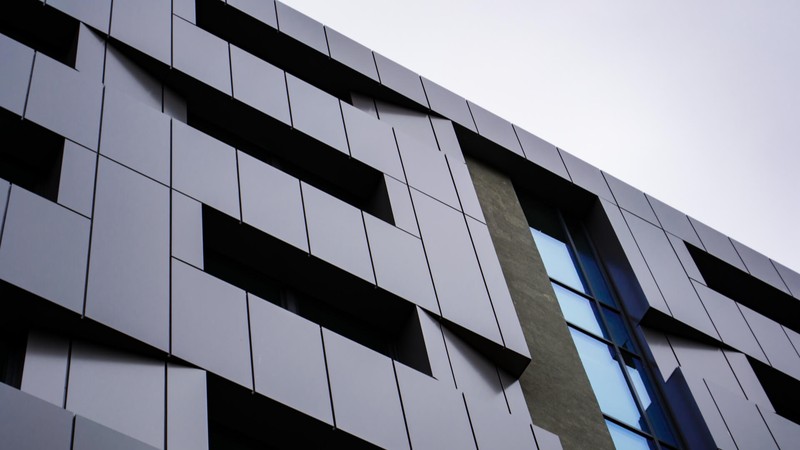When it comes to sustainable construction practices, the materials chosen have a big impact. Aluminium components and extrusions are notable for their positive influence on green building efforts. This article delves into how these materials promote sustainability in construction projects by highlighting their environmental benefits and practical perks.
Recycling and Efficient Use of Resources
A key reason for using aluminium components in construction is their high recyclability. Aluminium can be recycled endlessly without losing its quality, making it a very sustainable option. The recycling process for aluminium requires only about 5% of the energy needed to produce new aluminium from raw materials. This decrease in energy consumption not only preserves resources but also reduces greenhouse gas emissions.
Durability and Longevity
Aluminium components are well known for their durability and long lifespan. Unlike some other materials that may degrade over time, aluminium is resistant to corrosion and weathering. This durability means that buildings constructed with aluminium parts need fewer repairs or replacements over time, leading to reduced resource usage throughout the building’s life cycle. Consequently, this helps minimize waste generation and lowers environmental impact.
Lightweight Characteristics
The lightweight properties of aluminium extrusions and components offer significant advantages in construction projects.
When weight is reduced, handling and transportation become easier, which can result in lower fuel consumption and decreased emissions related to construction logistics. Additionally, lighter materials can lessen the strain on building foundations and structures, potentially reducing the need for concrete and steel, thus promoting sustainability further.
Energy Efficiency
Aluminium parts can improve the energy efficiency of buildings. For instance, aluminium window frames and doors with proper thermal breaks can enhance a building’s thermal insulation. This translates to lower energy requirements for heating and cooling, leading to reduced energy consumption and greenhouse gas emissions.
Design Flexibility
Aluminium extrusions offer great design flexibility due to their malleability. This enables architects and builders to craft intricate and innovative structures that may be challenging or impossible with other materials. The ability to design more efficient buildings contributes to sustainability by maximizing space utilization and energy efficiency.
Reduced Environmental Impact
The use of aluminium components can help minimize the overall environmental impact of construction projects. The low energy needed for recycling aluminium, along with the material’s durability and energy efficiency, all contribute to a reduced environmental footprint.
Furthermore, the durability of aluminium against various environmental elements ensures that it remains effective and visually appealing over time, reducing the need for frequent upkeep or replacement.
In Summary
The integration of aluminium components and extrusions in construction projects is in line with eco friendly building practices. Their ability to be recycled, long lasting nature and energy efficiency offer a range of environmental advantages that promote the development of more environmentally friendly structures. As the construction sector looks for ways to reduce its environmental footprint, aluminium emerges as a material that supports sustainability objectives while offering practical benefits. By opting for aluminium components, construction professionals and designers can play a role in creating a more sustainable future for the industry.
Related posts
Categories
Advertisement


